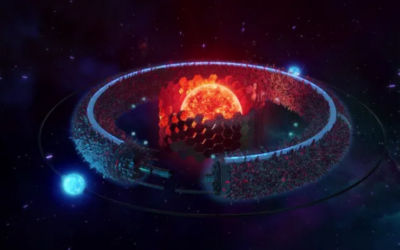
Dyson Sphere: A Vision of Unlimited Energy—or an Impractical Fantasy?
As humanity expands its reach beyond Earth, we’ll eventually face a pivotal moment where the current methods of energy production will no longer suffice.

As humanity expands its reach beyond Earth, we’ll eventually face a pivotal moment where the current methods of energy production will no longer suffice.
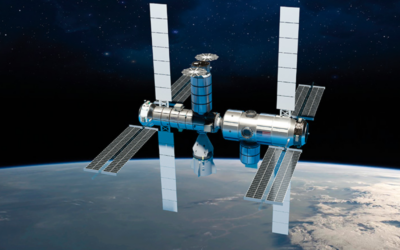
Before humanity can expand to other planets, we need to establish a strong presence in Earth’s orbit. This infrastructure would lay the groundwork for future space exploration and serve many crucial purposes for both Earth and space missions.
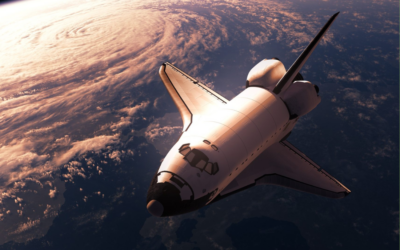
The U.S. Space Force’s X-37B Orbital Test Vehicle (OTV-7) has quietly surpassed a remarkable milestone: it has now been in orbit for over one year. Launched in December 2023, the uncrewed spaceplane continues to carry out its highly secretive mission, testing new technologies and conducting experiments far beyond its initial flight expectations.
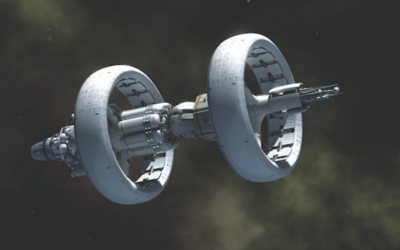
In this article, we venture into a topic that has been largely unexplored in scientific discussions: Faster-Than-Light (FTL) travel. As space exploration advances, the dream of reaching distant stars quickly is becoming more relevant.
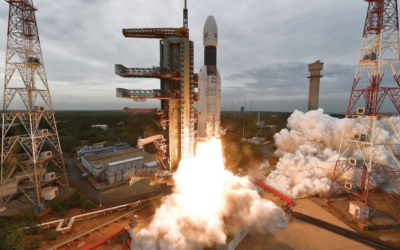
A spacecraft has a number of essential components, such as an engine, power subsystem, steering system and communications system, in addition to science instruments.
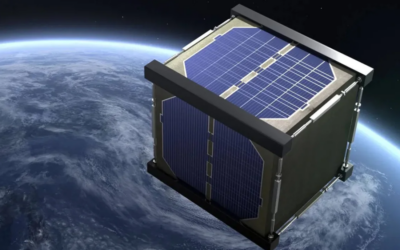
Lorem Ipsum is simply dummy text of the printing and typesetting industry. Lorem Ipsum has been the industry’s standard
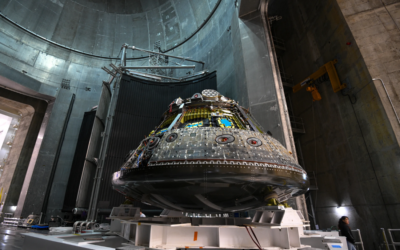
NASA’s Orion spacecraft is on the brink of a monumental achievement: its first crewed mission under the Artemis program, set to journey to the Moon and beyond. But before this historic launch, the spacecraft has gone through rigorous tests to ensure its safety and reliability.